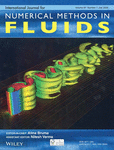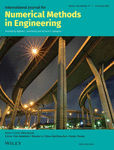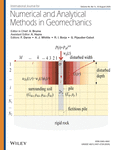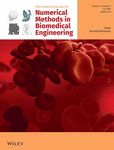Journal list menu
Export Citations
Download PDFs
ISSUE INFORMATION
RESEARCH ARTICLE
Local and Parallel Mixed-Precision Finite Element Methods for the Time-Dependent Incompressible Flows
- Pages: 1023-1034
- First Published: 27 February 2025
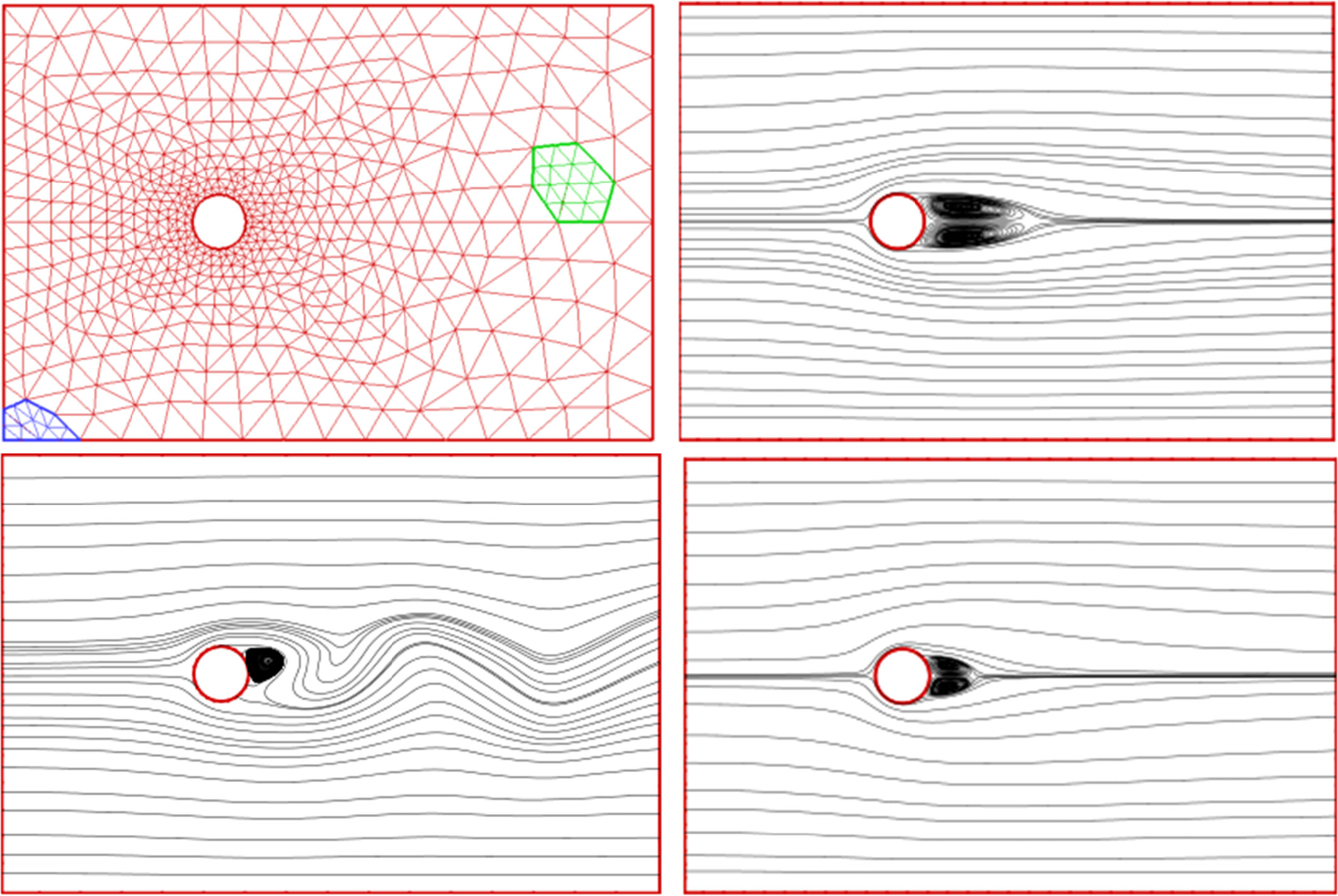
The approximational solution is decomposed into large and small eddy components. The high-precision solver is used to obtain the large eddy components and the low-precision solver is used to obtain the small eddy components since that the small eddy components carry a little part of the total energy. Numerical tests present the efficiency of the mixed-precision method.
SDF-Guided Point Cloud Generation Framework for Mesh-Free CFD
- Pages: 1035-1056
- First Published: 28 February 2025
Cavitation Implementation Algorithms Based on Pressure Projection Method for Incompressible Flows With Three-Phase Interactions
- Pages: 1057-1072
- First Published: 04 March 2025
An Extended Height-Function Method for 3D VOF Simulations of Wetting Phenomena on Super-Hydrophilic and Hydrophobic Surfaces
- Pages: 1073-1091
- First Published: 06 March 2025
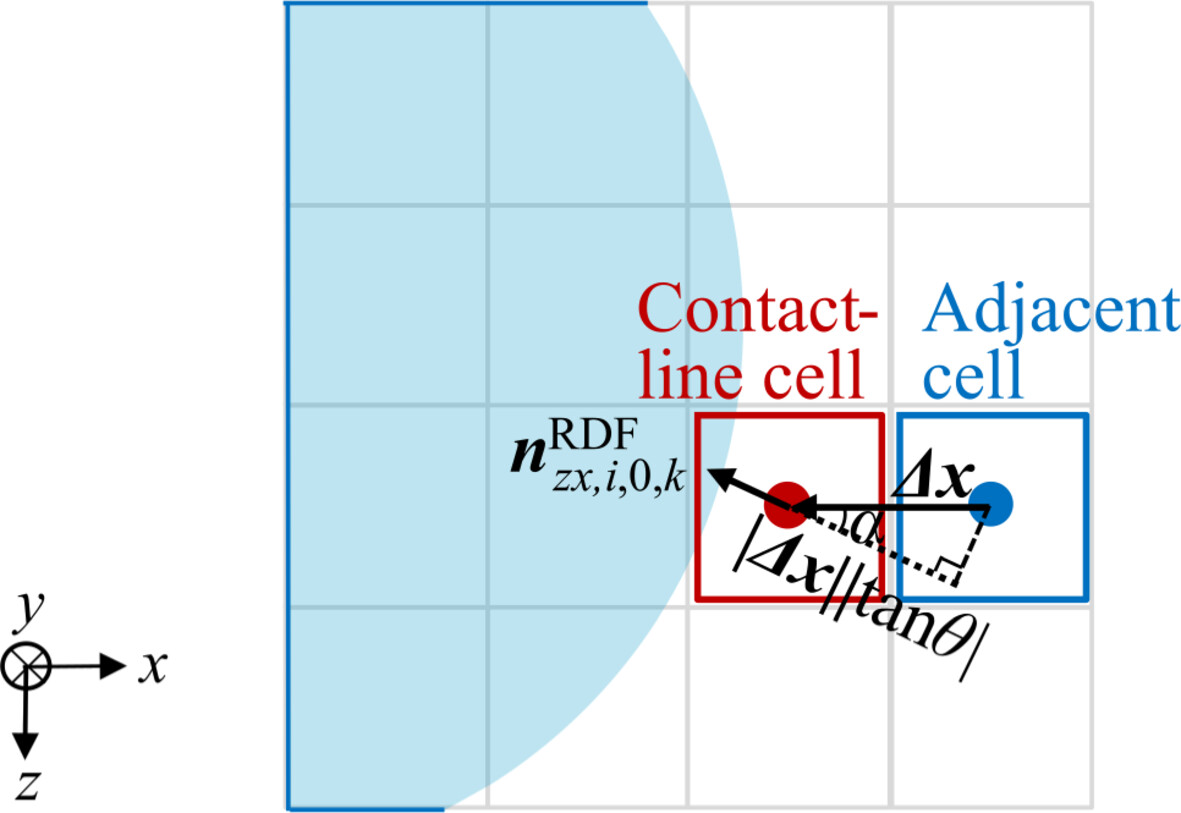
An extended height function method for 3D VOF simulations applicable to the wetting phenomena on super-hydrophilic and super-hydrophobic surfaces is proposed. By implementing specific treatments of contact line identification and height function construction, reflecting the contact angle boundary condition, the proposed method ensures the first- or second-order convergence of the curvature at the contact line for a wide range of contact angles. Additionally, droplet spreading driven by surface tension on solid walls can be reproduced.




